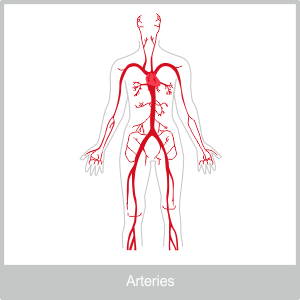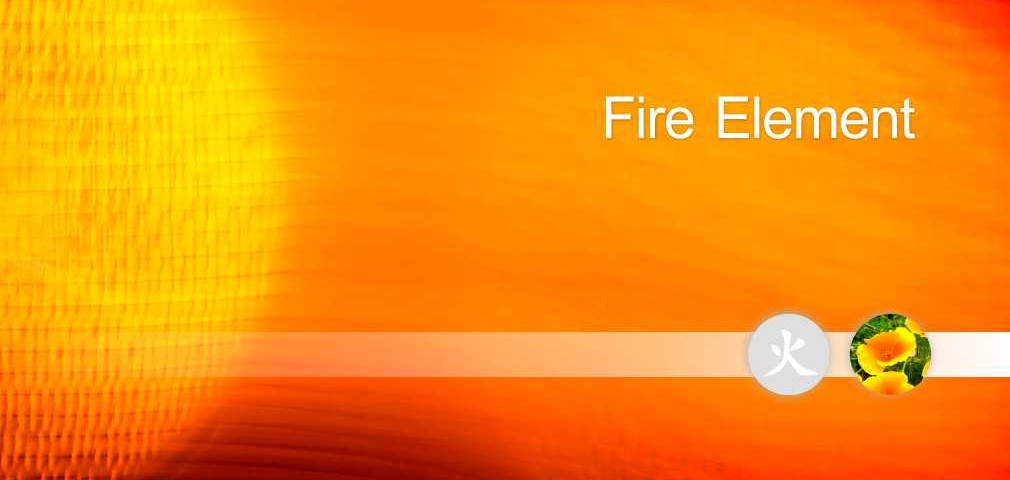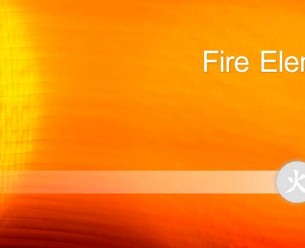Arteries are the vessels that move blood from the heart to the rest of the body. They receive blood on the ‘out’ pump of the heart, which is under considerable pressure. To deal with this they have strong muscle walls that can contract and expand. This allows them to handle the force with which the blood flows through them and also to alter the volume of blood flowing to an area by altering their width. It is this elasticity that allows us to feel the pulse of the heart in the arteries.
On the whole the arteries lie deep in the body. The widest artery in the human body is the aorta. From the image below you can see that this looks somewhat like the trunk of a tree, from it other arteries branch off. The smallest ‘branches’ of the arteries are known as arterioles. Arterioles flow into capillaries.

Capillaries
Capillaries walls are only one cell thick. Much like the alveoli in the lungs, capillaries are specifically designed to allow the transfer of vital substances, in this case, from the blood to the other cells of the body.
There are three major ways in which this transfer occurs: Diffusion, osmosis and transfer that occurs due to blood pressure.
Diffusion
Small molecules in the blood can pass through the walls of the capillaries into the fluid outside and then on to neighbouring cells. Molecules that can travel in this way include dissolved oxygen and carbon dioxide and the vital components of our food such as glucose, amino acids, fatty acids, vitamins, mineral salts, water and glycerol. Some molecules in the blood are too large to pass through the cell walls.
Osmosis
Osmosis is the method used by the body to transfer fluids. If fluid on one side of the capillary wall contains a solution that is more concentrated than the solution on the other side, water is drawn from the dilute side to the concentrated side in order to balance the two solutions out.
Capillaries contain molecules, including plasma proteins that are too large to diffuse through their walls, which means that the solution they contain (i.e. blood) is more concentrated than the surrounding tissue fluid. This means that osmotic pressure draws fluid into the capillaries, from the surrounding tissue.
Pressure transfer
The pressure of the blood in vessels also cause some movement of fluid and small solutes across the capillary wall. In this case the greater the pressure the greater the movement out of the capillary. Let us think once more about the ‘out’ pump of the heart. This force means that blood leaving the heart is under a relatively high amount of pressure. As the blood is moved around the body this pressure gradually reduces. Therefore, unlike osmotic pressure drawing fluid in, which remains constant, this outward movement changes across the capillaries as the blood pressure begins to gradually drop. The result of this changing dynamic is that at the atrial end the push out of the blood pressure is greater than the draw in of osmosis, so the net movement from the blood is out. However, at the venous end the blood pressure has dropped to such an extent that now the draw of osmosis is stronger, and the net movement is in. At the arterial end the outward movement allows the blood to pass on its bounty of oxygen and nutrients and at the venous end the inward movement allows the blood to collect waste (including CO2) for disposal – Brilliant!




